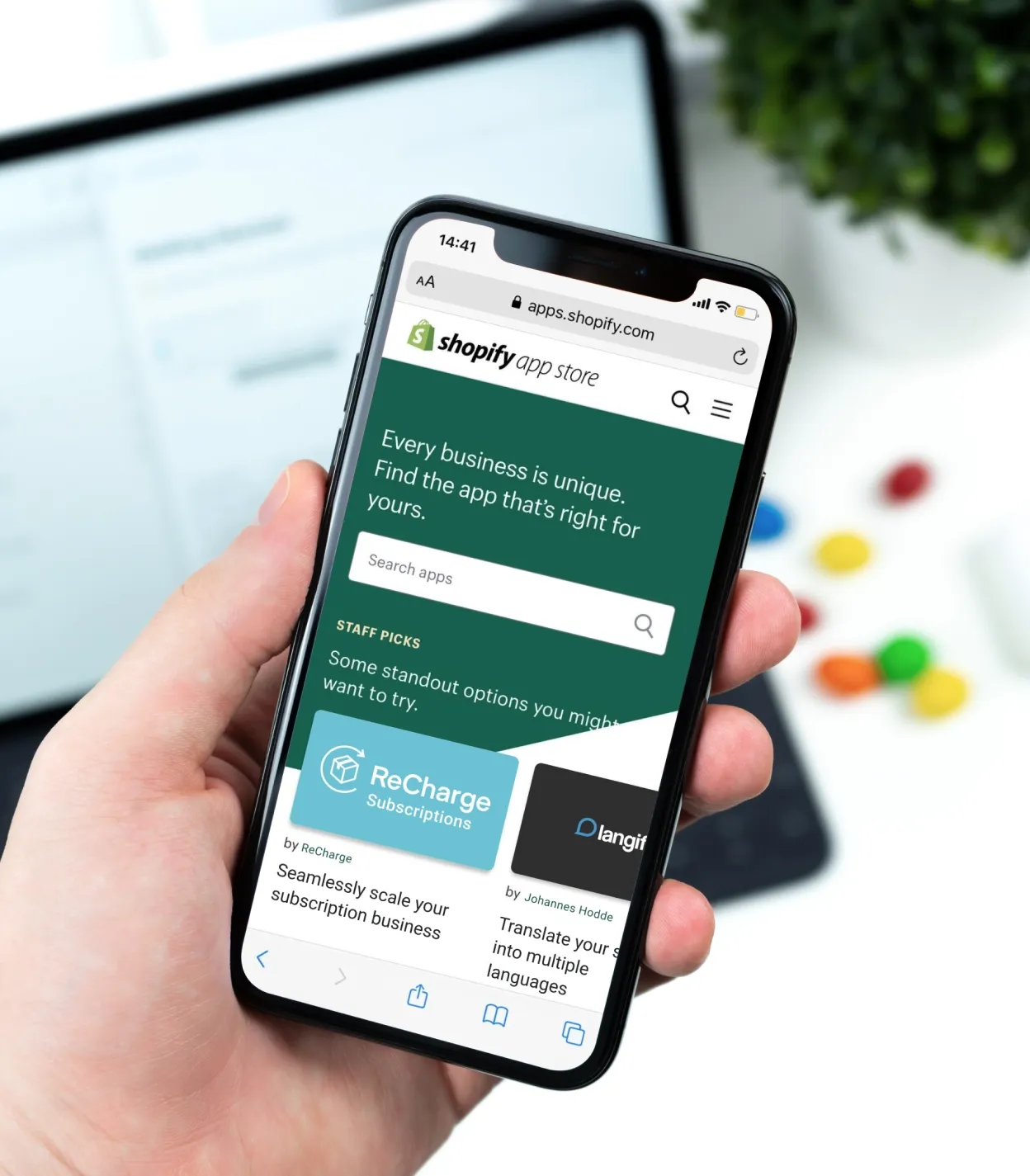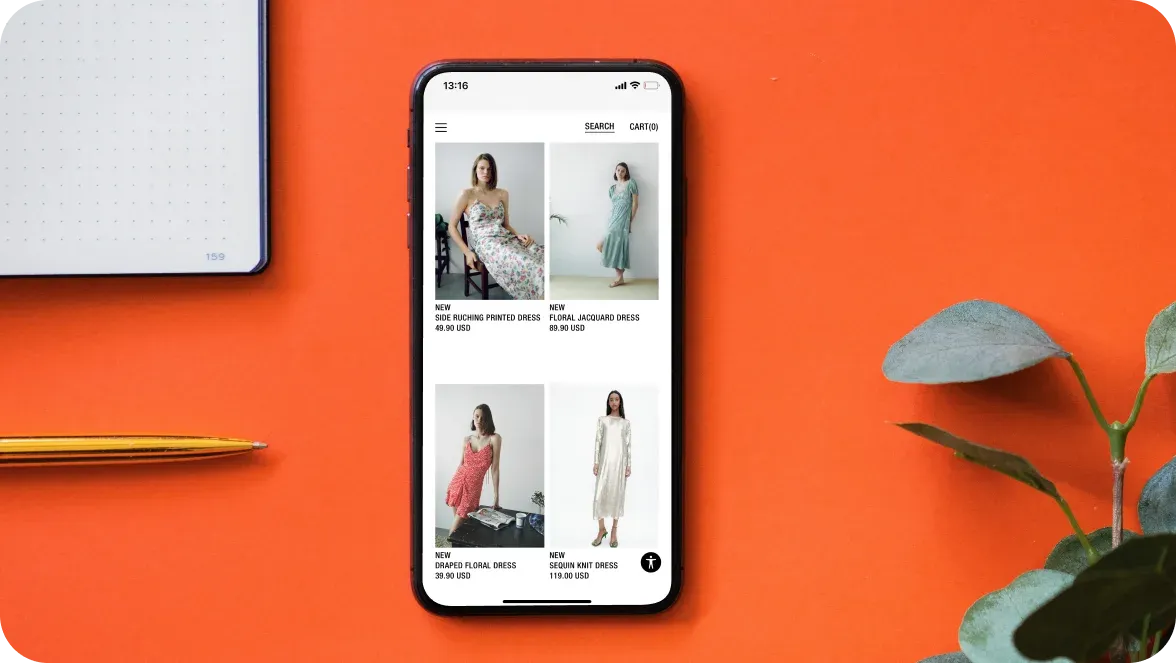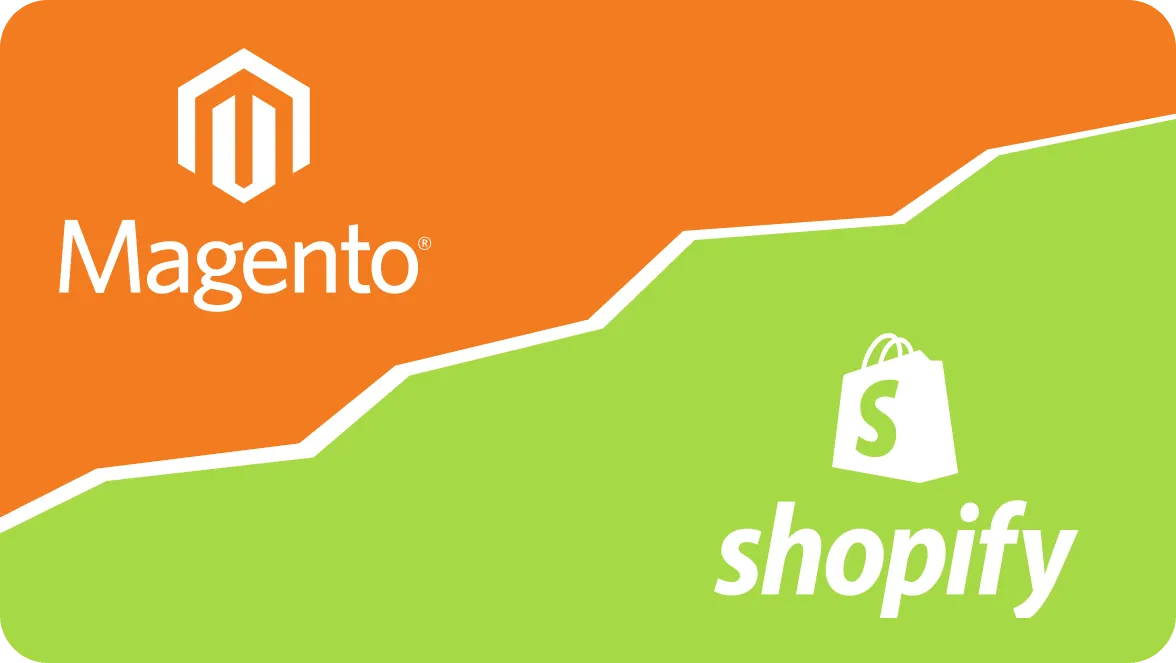
If you want to create an NFT marketplace and corner a particular niche, you have to consider the fact that it’s hardly the same as building any other marketplace. It comes with special functionality requirements and unique challenges.
Today, our team at DigitalSuits, a leading e-commerce web development company, would like to share with you everything we know about crafting NFT marketplaces:
What NFT marketplaces are and how they work
Must-have features for NFT marketplaces
Common monetization methods
Major challenges standing in the way of NFT marketplaces
What are NFT marketplaces?
An NFT marketplace is an online platform where users can buy and sell NFTs in exchange for cryptocurrency.
The acronym NFT, in its turn, stands for a non-fungible token. These tokens are cryptographic hashes generated by smart contracts, written into and stored on a blockchain. Binance Smart Chain and Ethereum are the two most common blockchains used for trading NFTs.
Simply put, NFTs are used to prove ownership of digital and, sometimes, physical assets. In the case of digital files, NFTs also help establish their authenticity.
Common NFT assets include:
Digital art
In-game assets (plots of land, skins, etc.)
Music tracks and albums
Videos
Photos
You can also find Twitter posts, domain names, and sneakers among the quirkier examples of NFT assets.
How do NFT marketplaces work?
The basic principle of an NFT marketplace is the same as any other marketplace. It allows users to sell, browse, and buy items on one centralized platform.
But on top of that, these solutions allow the creation of tokens, using crypto as a payment method, and putting the owned assets on display.
Buying NFTs
Imagine you’re looking to buy an NFT artwork. After you create an NFT marketplace account (and have an NFT-compatible crypto wallet ready), here’s what you should do next:
Buy an NFT right away for a set price or place a bid in an auction. When you click “Buy Now” or “Place Bid,” you’ll see a prompt to choose your crypto wallet.
Select your payment method (crypto or credit card). If you pay with a credit card, you’ll use fiat money to buy crypto and then pay with it.
Wait until the payment goes through. Once it does, the NFT marketplace will create a new record about the transaction and add it to the blockchain.
Transfer the token to your crypto wallet and showcase your purchase on the NFT marketplace.
Any NFT purchase incurs fees, even if you pay with crypto you already own or acquire an asset that’s free or cheap. That’s because adding a new record to a third-party blockchain isn’t free.
Selling NFTs
And what if you’re looking to sell an original digital asset instead? Here’s what the process would look like:
Mint the asset or a collection if necessary. Minting means creating the initial token with reference to the digital asset and adding it to a blockchain (and your crypto wallet).
Pay a fee for initializing your account if this is your first listing and the marketplace requires doing so.
Create the listing using the NFT. Choose the listing type (fixed-price sale or auction) and set the price or the minimum bid and duration of the sale.
Receive the crypto funds in your digital wallet once the new record about ownership change is added to the blockchain. The NFT will be transferred to the buyer.
What types of NFT marketplaces are out there?
Before you start thinking about the practicalities of how to create NFT marketplace, zero in on the type of platform you want to launch: universal or specialized, open or closed.
Universal (streamlined) marketplaces
Think of them as the Amazon or eBay of NFT trading: any type of asset goes on these platforms. You can find anything from digital artwork and music tracks to trading cards.
As universal marketplaces are open to any type of asset, you don’t need to limit your targeting to just one group of users. So, you can attract more users than in the case of specialized marketplaces – and generate more revenue as a result.
On the other hand, you’ll need to cover multiple target audiences in your marketing. You’ll also need to make various types of assets technically possible to trade.
Case in point: OpenSea, the largest NFT marketplace by trading volume. It has separate NFT categories for domain names, collectibles, art, and virtual world assets, among others. See how we developed an NFT marketplace for LiveArt along with the fractional system integration.
Specialized (augmented) marketplaces
These solutions operate in a particular niche. Most specialize in artwork and collectibles, while others allow users to exchange only in-game assets or domain names.
Here are five niches NFT marketplaces are already taking on, along with examples:
Art (GhostMarket, SuperRare, Ethernity)
Collectibles, rare sports assets, and trading cards (NBA Top Shot, CryptoPunks, Atomic Hub)
In-game & metaverse assets (Ethermon, Mythical, Elixir, Decentraland)
Music (The Musician, Rocki NFT)
Domain names (Namebase NFT, Valuables NFT)
Creating a specialized NFT marketplace allows you to laser-focus on your target audience and have more quality leads. Plus, if you choose a niche without an established leader, cornering it may be easier.
Open vs. closed marketplaces
When you think about your business strategy, also determine whether your platform will be an open or closed NFT marketplace:
Open marketplaces are, as the name suggests, available to anyone on the internet. All users need to do to start minting, buying, or selling NFTs, is create an account. OpenSea and Rarible are open marketplaces.
Closed marketplaces are invitation-only: a random by-passer wouldn’t be able to register on one. Makersplace and Foundation are two good examples here.
5 NFT marketplace monetization methods
Your NFT marketplace will have to make money somehow. So, when you pick your business model, consider which of the following common monetization methods you’ll use after you create a NFT marketplace:
Entry fees. Users have to pay it to start trading on your platform. It’s a viable option only for established, well-known NFT marketplaces.
Listing fees. It’s due when the user lists an item for sale. Since users aren’t guaranteed to sell their NFTs, this fee isn’t a favorite among them.
Minting fees. Users pay them when they create the NFT on your platform. But if minting/gas fees imposed by the blockchain are already relatively high, adding an extra charge isn’t a good idea.
Bidding fees. They’re due if the user wants to put their NFT on auction. Since auctioned NFTs often generate more revenue, so they’re not as hated.
Transactional fees. In this case, you take a cut from every transaction happening on your platform. Transactional costs are one of the easiest to implement and most user-accepted monetization methods.
How to create a marketplace for NFT Assets: 10 must-have features
Whether you’re planning to start with a Proof of Concept or a Minimum Viable Product, there are ten essential features of an NFT marketplace.
Login and registration
It’s no surprise to see login and registration on the list. However, creating an NFT marketplace account is a particular three-step process where:
The user is prompted to connect to a compatible crypto wallet first.
The marketplace generates their account based on the data from the crypto wallet.
The user can then add or edit their bio, email address, profile photo, etc.
Since an NFT marketplace involves financial transactions sometimes measured in thousands of dollars, security is key here. So, add multi-factor authentication and pay extra attention to traffic encryption and other measures to prevent data theft.
User profile
Every profile has two parts: the public and the private. Here is what other users see when they visit the user’s profile:
Their username
Profile image
When they joined the platform
A gallery of the NFTs they own (presented as individual items or collections)
The NFTs they’ve put up on sale
Their offers (both made and received) and other activity
You can also add a verification check mark to allow creators with a massive following, celebrities, or businesses to prove the authenticity of their presence on your marketplace.
The private profile functionality is visible only to the user. It allows them to edit the appearance of their public page, their contact details, the visibility of certain elements, and more. You can also Watchlist and Favorites sections here.
Wallet integration and payment processing
Crypto wallets are irreplaceable in the user’s journey from the very start. They allow users to:
Create a NFT marketplace account
Pay all the fees associated with minting and listing NFTs
Receive the funds from their sales
Buy NFT assets with cryptocurrencies or credit/debit cards
Not all crypto wallets are compatible with storing NFTs. Here are four of them that are NFT-compatible: MetaMask, Coinbase Wallet, ZenGo, and Trust Wallet.
Provide your users with various crypto wallet options to make their journey smooth and convenient. For comparison, OpenSea is integrated with 17 wallets in total (at the moment of writing).
Creating NFTs
Minting an NFT doesn’t have to happen on your marketplace. But the DIY approach to it is pretty complicated for those unfamiliar with the technical side of blockchain. So, your marketplace should allow users to do it in the most convenient way possible.
Once the user clicks the “Create” button, they should be able to upload their digital asset, give it a name, and add an optional description and external link. The supported formats typically include images (JPG, PNG, GIF, SVG), videos (MP4, WEBM), and audio (MP3, WAV, OGG).
Then, allow your users to choose the blockchain (if your platform supports several of them) and the item’s supply. Finally, show a preview of all the fees before the user confirms minting!
Selling NFT assets
Users can sell NFTs in two ways: by setting a fixed price or by putting them up on an auction. Whichever option they choose, here’s how to create a NFT marketplace when it comes to selling NFT features:
Creating a fixed-price or auction listing
Listing several items in bulk
Setting the fixed or starting price
Choosing the sale or auction duration
Previewing all the fees associated with the listing before confirming it
Selecting the bid (for auction listing)
Storefront
Consider it the showcase part of your marketplace. This is where users will flock to explore your marketplace and see all the NFTs, collections, and listings. Each piece of the storefront should be designed as a gallery.
When you create an NFT marketplace, include these four storefront pages:
Latest NFT listings
Trending collections and listings
Top-rated collections and listings
Category pages
Search and filters
Search and filtering help your users find the NFTs that interest them. So, add conversational search and make search results sortable by relevancy, rating, price, etc.
As for the filters, here are eight of them to include in your storefront and search results:
Time-based (24 hours, a week, all-time, etc.)
Listing type/status
Price range
Quantity
Collections
Chains
Category
Currency
Asset page
Every NFT item has its own page, whether it’s on sale or not. This page contains:
The preview of a digital or physical asset itself
Title and description
Current owner
Transaction and price history and other item activity
Stats like the number of views and favorites or ranking
The opportunity to make a buying offer (even if the item isn’t listed for sale)
If the item is listed for an auction or sale, its page will also contain “Buy Now” or “Make a Bid” options, along with the sale’s deadline.
Buying NFT assets
There are three scenarios you should account for here:
Fixed-price sale. If the user wants to buy several NFTs in one go, add a shopping cart. Once they proceed to payment, they should see a preview of the total price, including fees.
Auction. The user will bid for the item by providing their offer amount. You can establish a marketplace-wide minimum requirement for bids.
Making an offer. This goes for items not currently on sale. Users will send their proposed price and duration of the offer to the item’s current owner.
Admin panel
Don’t forget about your command center! The admin panel is where your team will manage your NFT marketplace services and find all the data you need to make business decisions.
Here’s what it should include:
Analytics overview: average trading volume, popular categories, etc.
User management: e.g., banning or deactivating users that violate your terms of service
Wallet integration management
6 challenges to address before you create an NFT marketplace
Success stories like OpenSea may tempt you to think creating an NFT marketplace is a sure way to rake in millions. However, this digital economy segment isn’t a piece of cake to conquer.
Below are the five reasons why. Take them into account when you prepare your product for development and launch.
Lack of trust
The initial mass-media coverage of NFTs wasn’t at all negative. Instead, it set in motion the hype that prompted unprecedented market growth between 2020 and 2021.
The media are now full of reports on the latest blockchain-related scandals (see FTX’s bankruptcy), crypto market volatility, and NFT sales’ slowdown. So, people new to NFTs may be prejudiced toward the words “crypto” and “blockchain.”
It’s your job to build the trust required to overcome that prejudice. So, be transparent about your marketplace: its functioning, fees, security practices, and so on.
High or unexpected fees
NFTs are synonymous with fees, it seems. But blockchains and marketplaces have to make money to continue functioning.
However, when those fees fluctuate wildly based on the transaction demand or pile up to more than half of the sale amount, that only fosters anger and frustration in your users.
To avoid alienating your users, consider your fees carefully. Don’t make them too high or too many. Then, when it comes to fees you don’t control, warn about them and show their breakdown before every transaction.
Confusing terminology
Minting, gas fees, burning NFTs… While crypto enthusiasts are well-versed in these terms, newcomers to the market won’t be.
So, unless your target audience consists only of crypto-savvy users, you’ll need to make the onboarding process smooth and pleasant for those newcomers. Here’s how you can do it:
Avoid crypto-specific terms whenever you can (e.g., replace “minting” with “creating”)
If you can’t make do without a term, add its definition under a question mark
Have a comprehensive help and education center with how-to guides on signing up, choosing the right crypto wallet, creating an NFT, etc.
Link rot vulnerability
The NFT doesn’t store the digital file itself or on the blockchain. Instead, the token contains a link to it elsewhere.
The problem is links rarely last. Files get moved around and deleted all the time on the internet. And if a link in the NFT is broken (i.e., the link rots), the token becomes essentially worthless.
To avoid the link rot problem, use the InterPlanetary File System (IPFS). It allows storing and linking to copies of the same file in multiple nodes.
Risk of fraud & scams
No NFT scam is more famous than Evolved Apes. The investors poured $2.7 million into the project – and its founder just vanished into thin air with all that money.
This isn’t a once-in-a-century heist: rug pulls, and pump-and-dump schemes are a part of the NFT market. But they’re bad for business – particularly the NFT marketplace business.
The risk of fraud and scams is one reason you need to spend extra time building trust with prospective and existing users. Apart from that, protect your buyers from hackers hijacking their accounts and wallets and establish a reporting system.
Lack of compelling NFT assets
When you create an NFT marketplace, attracting NFT creators can be the most challenging part. Without them, you’ll have no assets worth buying in your storefront.
But since your marketplace is new and relatively unknown, established creators may hesitate to entrust you with their works. Here are three suggestions on how to overcome this challenge:
Limit upfront fees
Target creator communities in your marketing strategy
Set up partnerships with famous artists, businesses, and celebrities
How to create an NFT marketplace website: key takeaways
If you want to create a platform where users can mint and trade their NFTs, you’ll need to settle on the type of marketplace you plan to run and the monetization method(s) first.
Then, settle on a list of the features your NFT marketplace should include, such as crypto wallet integration, on-platform NFT minting, and the storefront.
Before you kick off the development, you’ll also need to consider the challenges of launching an NFT marketplace today. Pinpoint how you will:
Foster trust among prospective users
Show your transparency at every step of the user journey
Make your UI easy to understand
Mitigate the risk of fraud and scams
Attract creators at the start
Need a helping hand in tackling these challenges and preparing your NFT marketplace for development and launch? The DigitalSuits team is here for you! We’re no strangers to being a reliable software development partner for startups across all industries, including blockchain.
Reach out to us and tell us about your project – and we’ll let you know how we can be of service.





































Was this helpful?
0
No comments yet